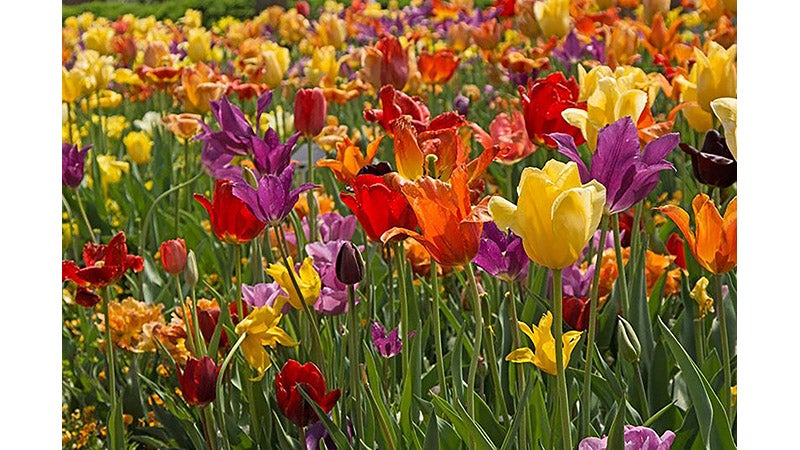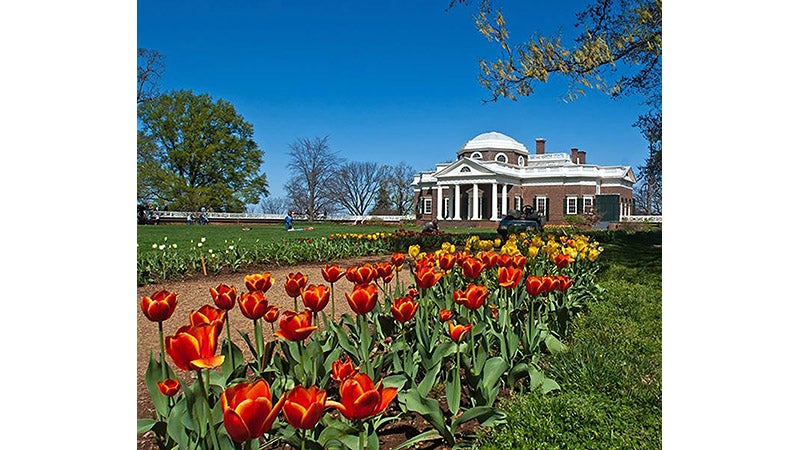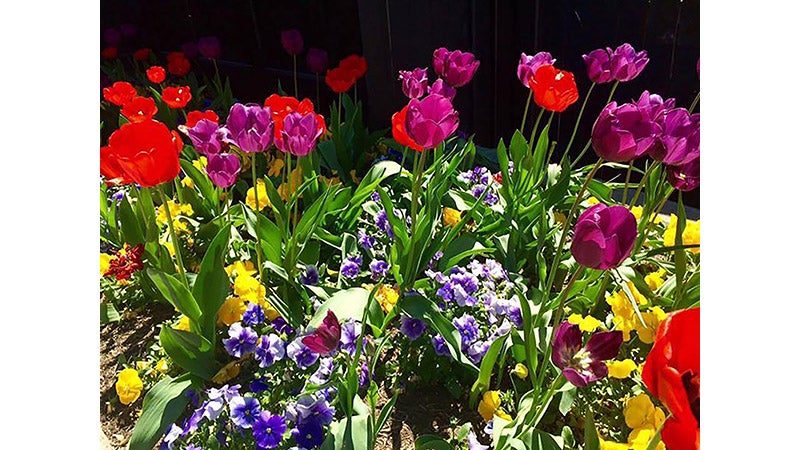From the Ground Up: Tulips abound
Published 6:00 am Saturday, April 18, 2020
|
Getting your Trinity Audio player ready...
|
THERE’S ONE FOR EVERY GARDEN
Gardeners have been rhapsodizing about tulips for hundreds of years.
They were first cultivated in 10th century Persia and somewhat later taken to the Ottoman Empire where they were reserved for the pleasure of Suleiman I and his court.
Tulips symbolized prestige, and there were laws governing their sale. During the mid-1500s, Clusius, the keeper of the Royal Medicinal Gardens in Prague, obtained some seeds.
He subsequently moved to the Netherlands and took his extensive tulip collection with him. Soon all the wealthy, important people there had to have tulips. The desire for tulips, especially those with unique colors and markings, was so intense that a single bulb could sell for as much as a house in a wealthy part of Amsterdam. Eventually this super-heated market crashed, but the flower’s popularity continued.
Today tulips are the most popular bulbs planted in gardens around the world, and the Dutch still grow and export more tulips than any other country.
There are many different types of tulips, one for every gardening need. The large Darwin hybrids have sturdy stems and were developed specifically for floral arrangements. The double tulips have peony-shaped flowers and short stems.
The fringed tulips have finely fringed petals. The Fosteriana tulips are good for bedding and tend to bloom for several years. The Greigii tulips are another reliably perennial variety that are low growing, remain open at night, and have striped foliage and large flowers.
The Kaufmanniana tulips are another relatively perennial variety offering many, bright, contrasting colors. Lily-flowered tulips have pointed petals and are late bloomers. Parrot tulips have large, heavily fringed, and scalloped flowers, sometimes with streaks of contrasting colors, and need protection from wind. Species tulips are the small forms from which the hybrids were created. They’re short, sturdy, and seem to bloom as soon as they emerge from the ground.
Tulips aren’t hard to grow. Select a location with full sun and well-drained soil. Plant them in the fall, at least a month before the ground freezes so that they have time to establish roots. Large bulbs should be planted 5 to 6 inches apart, while smaller ones can be planted 2 to 3 inches apart. Both should be planted 5 to 6 inches deep. Fertilize tulips in the fall and again in the spring. Dead head them as soon as the blooms are spent and don’t ever tie the foliage into bundles or remove until it has yellowed.
Happy gardening!








